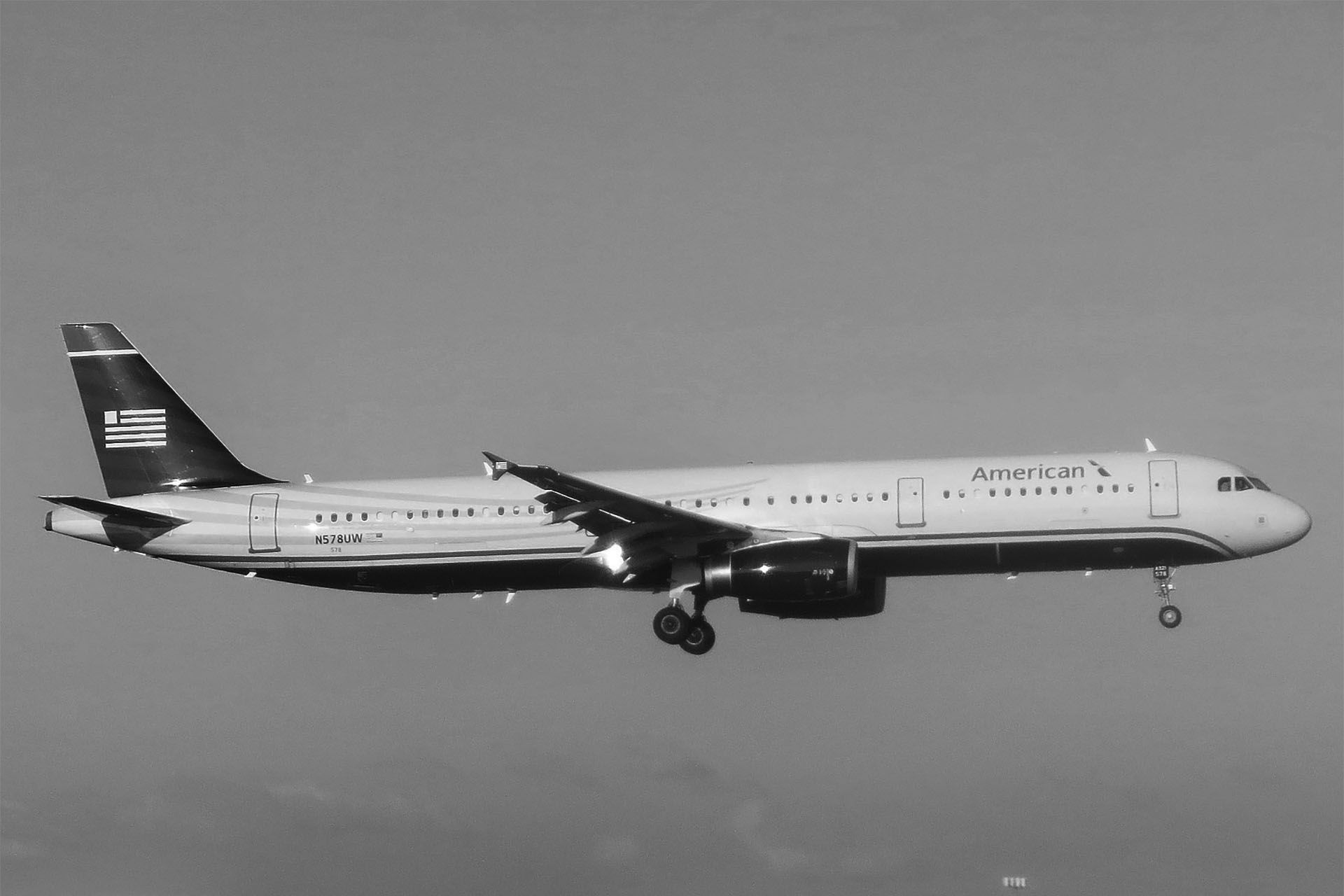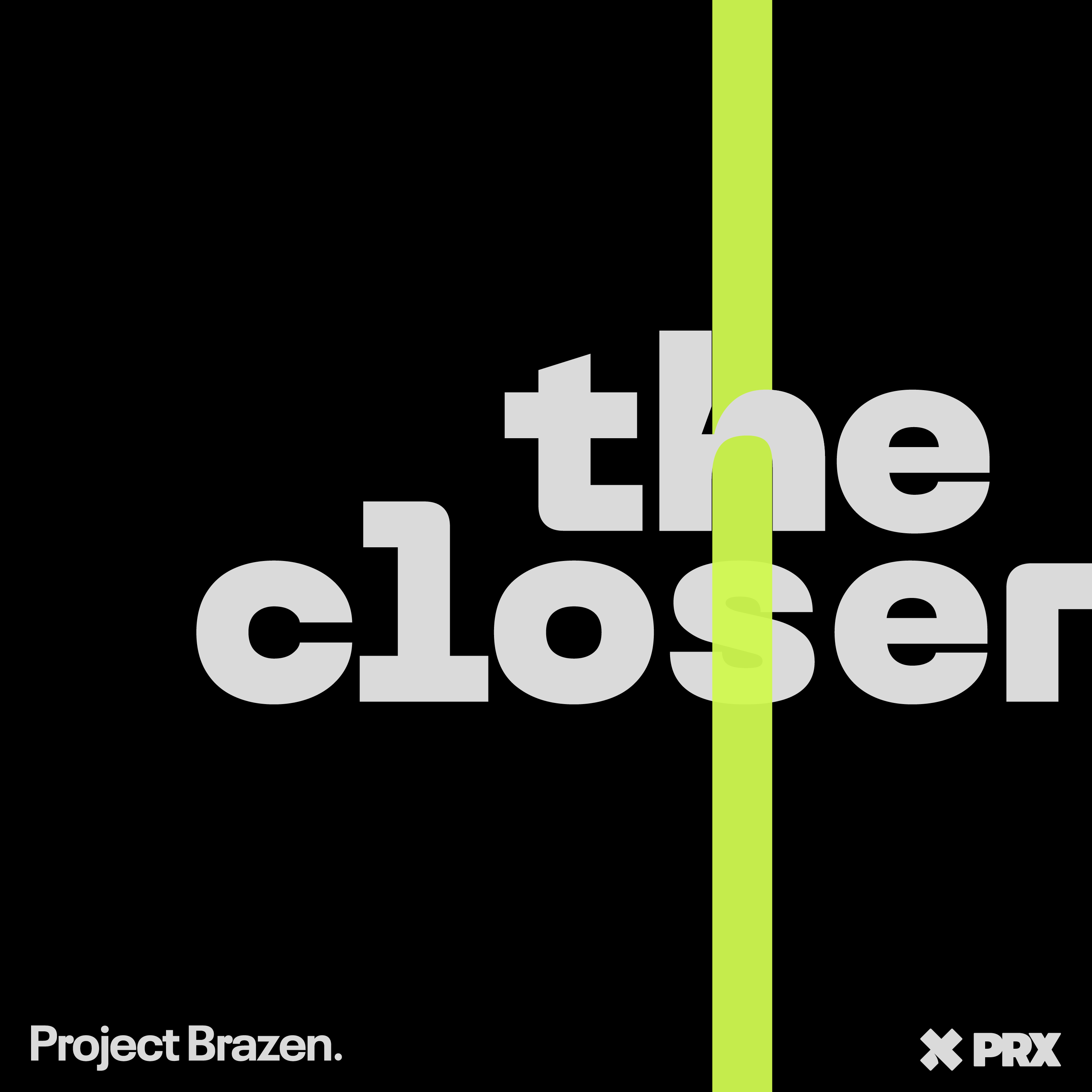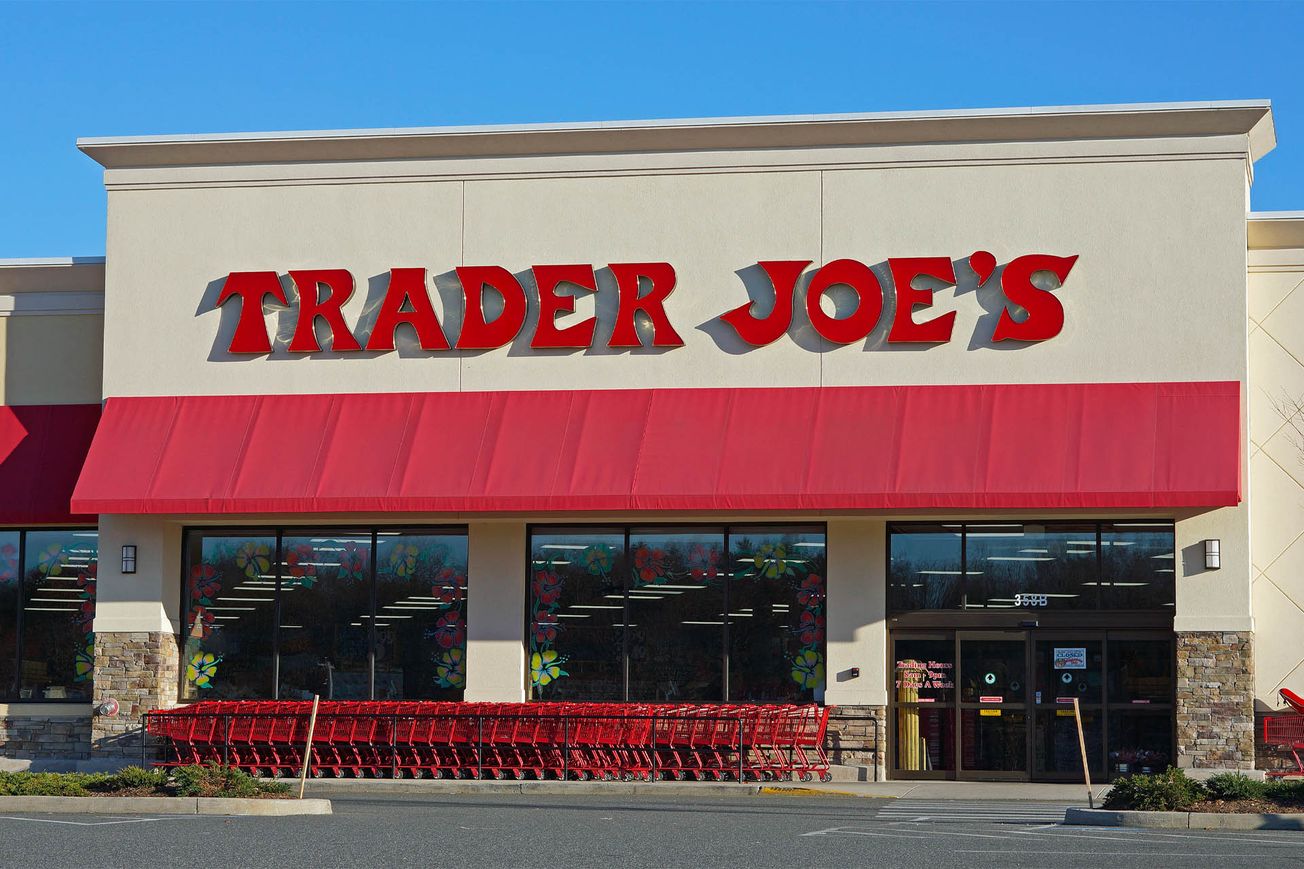If you’ve flown anytime in the past decades, you’ve probably felt squeezed.
And it’s not just you and your fellow passengers wedging yourselves into smaller seats, lined up with less legroom. The security and ticket agents, the baggage handlers, and especially the flight attendants, are often expected to do more work with flat or reduced staffing.
This trend didn’t start during the Covid-19 pandemic, but the pandemic’s real dangers and the vitriol some passengers felt about mask mandates exacerbated the existing trend. Watching the horrid videos of irate and often intoxicated passengers lashing out at workers and other travelers made it pretty clear that flying, for years an unpleasant experience at best, was, at its worst moments, becoming truly awful.
But why? Well, a big part of the explanation is a massive spree of mergers and acquisitions. The capstone deal of that era of consolidation was the US Airways-American Airlines merger, which created largest airline in the world.

In Episode 1 of The Closer – titled, “The Merger That Made the World's Biggest Airline" – we’ll dig into how this deal went down, and explain how the dire financial conditions of the US airline industry in the wake of the 9/11 attacks have shaped the industry since. (The episode debuts on Monday).
Subscribe wherever you listen to podcasts by clicking here.
And to sign up for The Closer newsletter and read more from our team, go to TheCloser.FM.
If you subscribe to the Brazen+ channel subscription on Apple Podcasts, you'll get access to exclusive bonus episodes and ad-free listening.
The US Airways-American Airlines merger is a fascinating deal tactically, with the smaller company and its ambitious CEO effectively swallowing up a massive competitor who had recently declared bankruptcy.
But the intricate tactics behind a deal of this size and complexity don’t end there. Organized labor, it turns out, played a major role in this deal.
To tell us that story, we talked to Sara Nelson, one of the most prominent labor leaders in the US. Now, she’s the president of the Association of Flight Attendants, which represents about 50,000 flight attendants at 19 different airlines or about half of the US flight attendant industry. Nelson has been a regular face in the news over the past few years, starting with her key role in negotiating the stimulus package that kept the airline industry running – and its workers employed – during the early days of the pandemic.
But back in 2013, Nelson represented US Airways flight attendants. Doug Parker, then-US Airways CEO (he’s now the chairman of American Airlines after retiring as the company’s CEO in 2021), understood that in the heavily unionized airline industry, he had to win over labor to get the deal done.
Doing so meant that Sara Nelson and her union played a huge role in shaping the outcome –– and, ultimately, allowed them to save the day when regulators seemed poised to kill it.

Get in touch. What do you want to hear more about from the world of deals?







